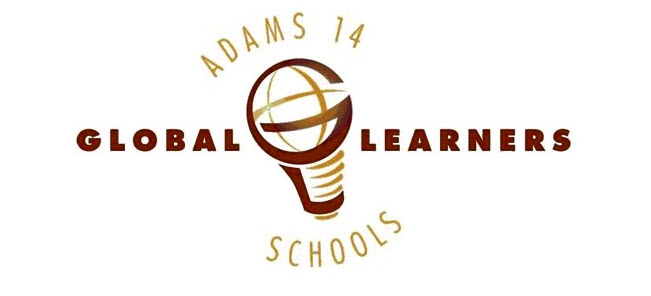Here in ACSD 14, we have the opportunity to revamp our CTE programs prior to opening a new high school and community college complex.
As a member of the CTE Program Advisory Council, I was fortunate to attend an expert panel discussion last week, during which several distinguished business leaders from the metro-Denver region helped define the "employability skills" we need to instill in our students before they leave our schools.
Here's a sample of said skills/qualities:
- effective communication
- critical thinking
- multi-tasking
- teamwork
- tech-savvy
- work ethic
- trustworthiness
- trainability
- cultural awareness
While no member of the panel actually mentioned the term "21st Century Skills", it sure looks like a list of all the things global learners exemplify. Another hot topic was the ability of students to locate reliable information and apply it in the real world. As reliable information is completely circumstantial, doesn't this mean we need to reexamine our internet policies? Should we really work so hard and spend so much money establishing elaborate filtration systems, rather than teaching and monitoring responsible internet use?
In addition, every panelist stressed the importance of creating a culture of excellence and setting high expectations. I couldn't agree more. Here's a great quote from Charles Maldonado, an executive at Denver International Airport: "You wanna be cutting edge, sharpen your skill set." We live in a world of instant gratification, and it's hard for a young adult to recognize that the real world doesn't always work that way. You're gonna have to pay some dues to become the boss; it won't happen overnight. Much like school, you work hard to pass or excel in math class only to move on to the next math class (and the next, and the next), but it takes perseverance to finally get that diploma or degree. And while you might not use all the math you suffered through, you will use all the experiences and developmental skills you gathered along the way.
I'll close with this quote from Paul Ludwig of Suncor Energy, who said at this new school, "one of the key factors must be to teach students how to learn." Sounds simple, but it's a bit more complicated than that.
Let's give it our best to create students who are ready for the real world outside the school walls.














